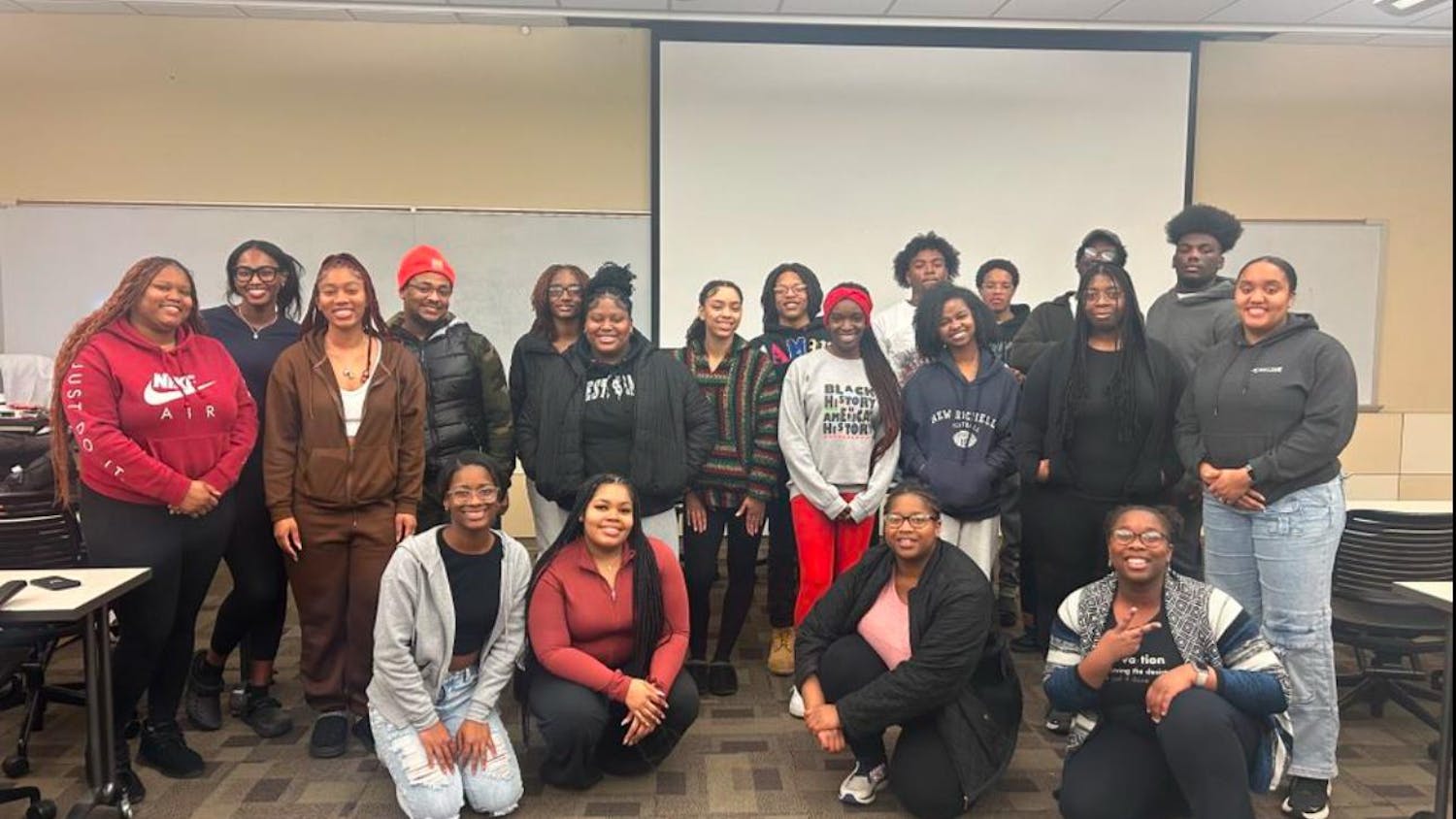The Committee for the Advancement of Black Unity (CABU) hosted a town hall meeting in the Multicultural Lounge of Millett Hall this past Thursday.
Student organizer Malaya Davis says she believes black students at WSU are “treated as second class citizens.”
The public meeting voiced concerns on multiple levels on issues regarding African American students at WSU including police and security presence at campus events, a lack of diversity within the Wright State Police Department, as well as other topics pertaining to race.
Davis says students were promised an open forum to speak out about their opinions this past January, but the event was never scheduled – forcing CABU to create the meeting themselves.
“There was a town hall that was held last semester with Simone Polk who was a facilitator and there were administrators there and a few students,” Davis said.
Davis claimed the meeting didn’t allow for students to actively voice their opinions.
“There were promises there were going to be another one this semester in January but it never happened,” Davis said.
Seemingly the final straw that broke the camel’s back took place on January 12 where a fight broke out between multiple people attending a dance in the Apollo
Room of the Student Union. WSU Police were called and according to CABU a police dog was used to disperse the crowd.
Police reports of the incident indicate that two females, neither of which were current students at Wright State began throwing punches, which lead to more punches being thrown as other attendees attempted to break the fight up.
One of the attendees who was detained by Wright State Police admitted to being under the influence of alcohol and Fairborn paramedics were called to treat one of the females who suffered a cut above her eye due to the fight.
Davis and CABU now claim that African American students and minorities in general and being targeted specifically at campus events stating the Office of Student Activities, who students must apply through to receive permission to host campus events, groups “similar” events together and profiles African Americans.
Assistant Director for Student Activities Jack Pence stated that all student organizations must fill out a registration form and the office then assigns a certain number of risk points to determine how much security or police presence is needed.
Some criteria for the point system include but are not limited to a past history of violence or student conduct cases within the past year, a critical incident that may adversely impact the safety of the event, if the general public is invited, and if alcohol is being served.
“We go through and determine the risk level for all events and send that over to the police and say if the risk is low, medium or high and then they assign security accordingly,” Pence said.
Pence went on to say that past violence with a group is determined to ensure the safety of all attendees of events at Wright State campus events.
“If there’s a past history of violence with a group or if there’s a fight that happens - if it happened last year we kind of keep our eye on it and make sure that’s something that we can protect the students and keep them safe.”
Davis and CABU believe that this sort of system is discriminatory against African American groups.
“You’re assuming that because it’s a similar event or a similar organization that a similar altercation may break out,” Davis said.
In addition CABU plans to put forth a set of resolutions proposed by students in an attempt to amend student event policy and hopefully smooth over relations between minority groups and Wright State.
“We would like the security company that the university uses, Ohio Entertainment Security, and the university police department to go through a sensitivity training and to have either semester or quarterly evaluations by student organizations just to see how the progress is going,” Davis said.
While a second public meeting has not been officially scheduled, CABU plans to hold a second meeting the week after spring break to further discuss these issues.












